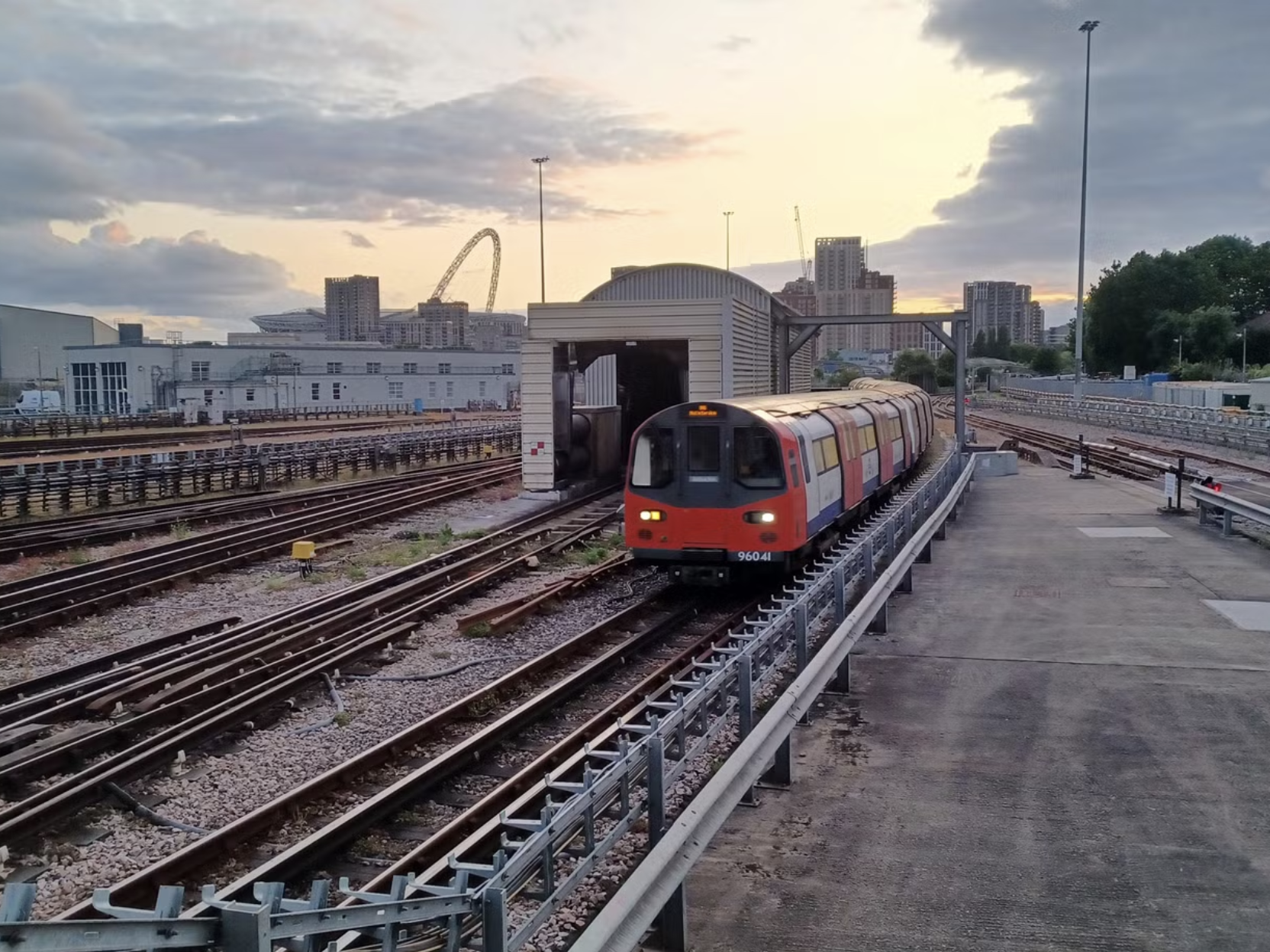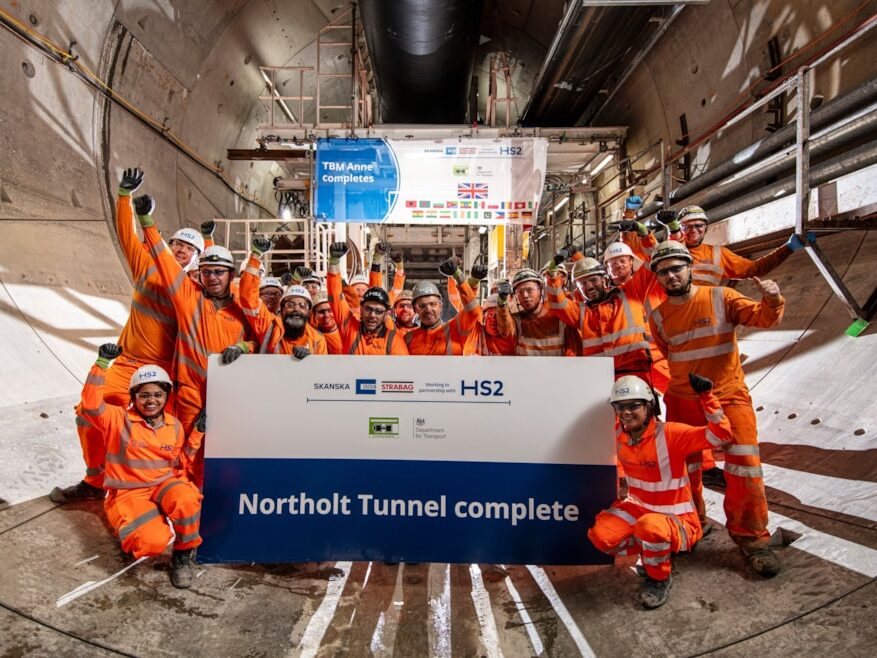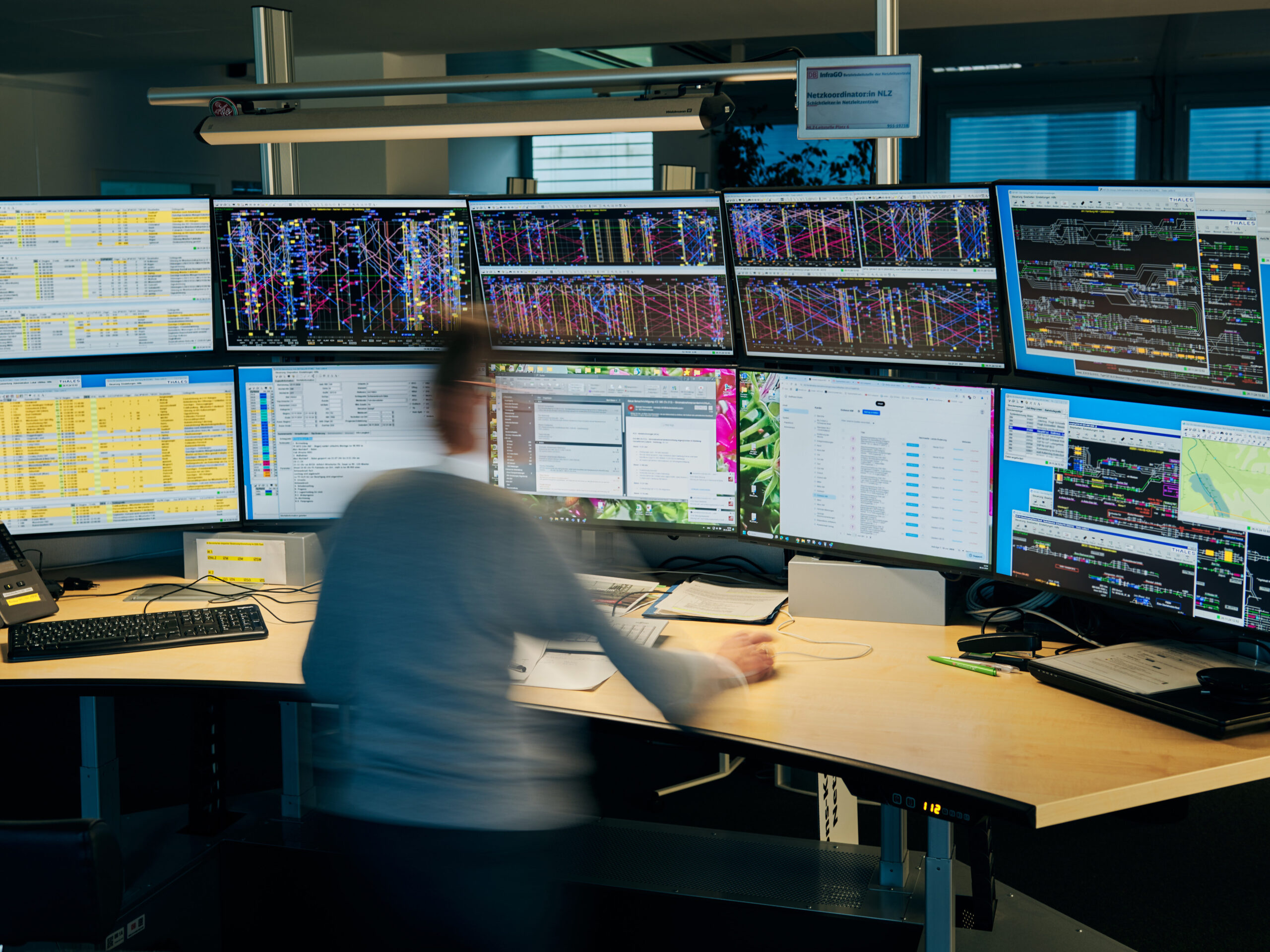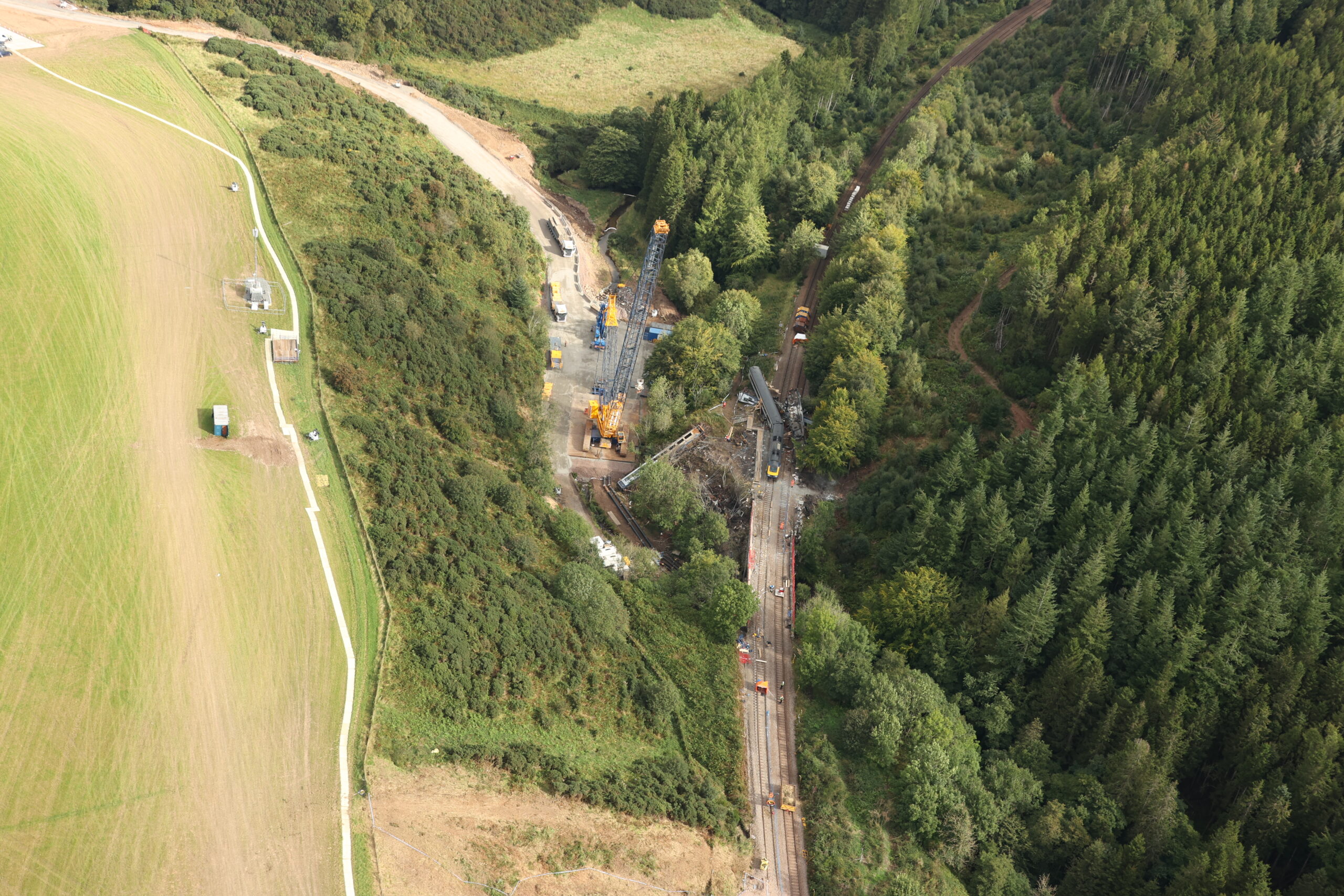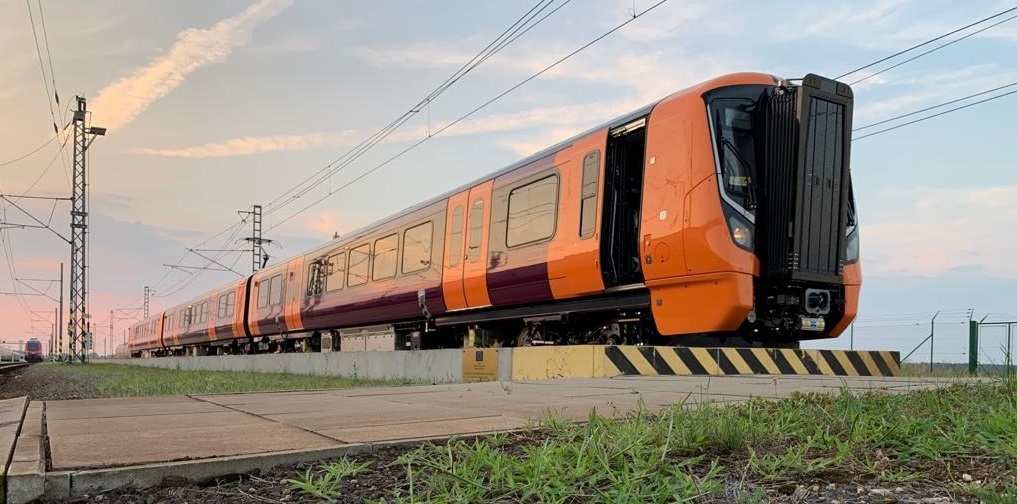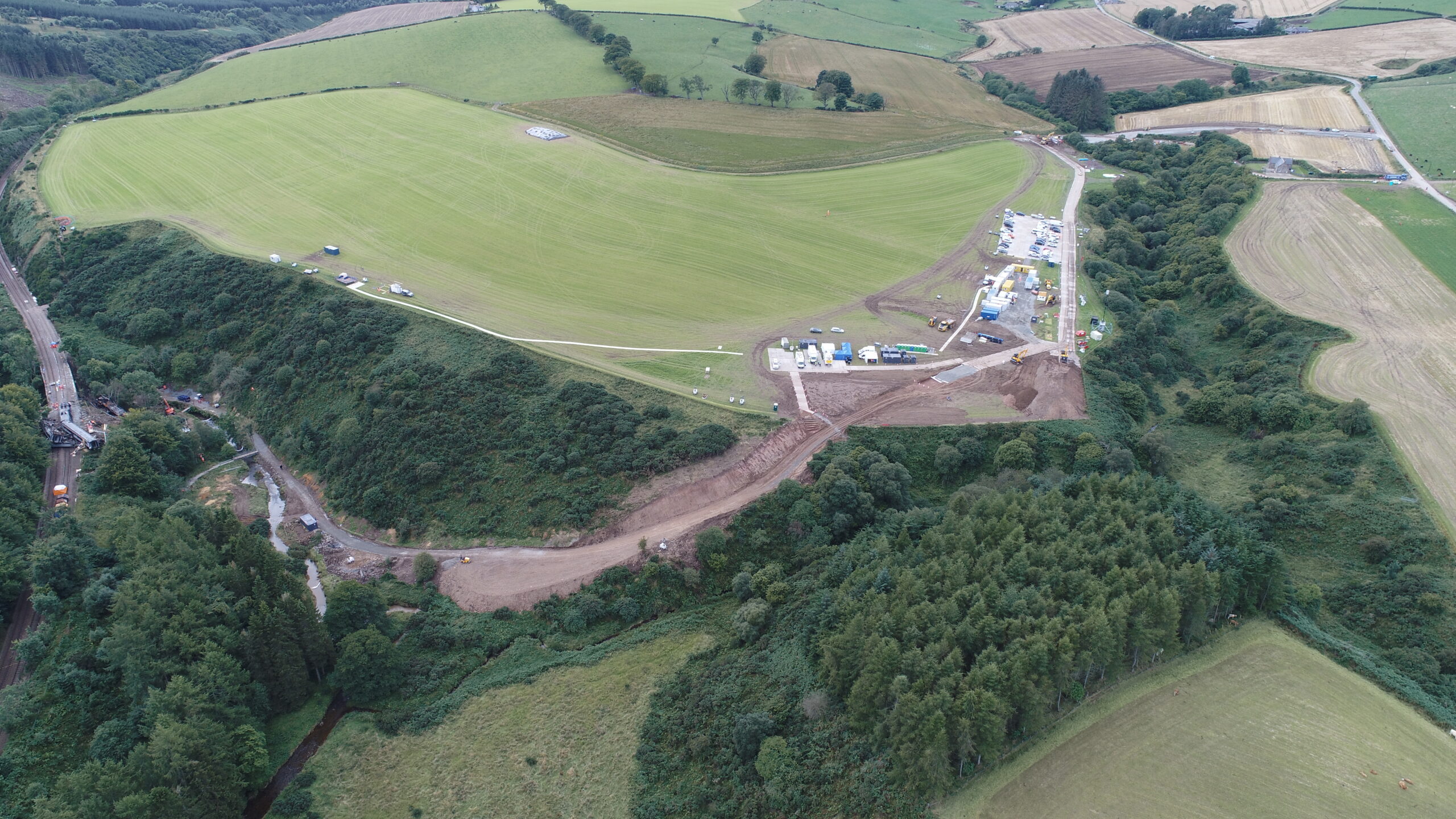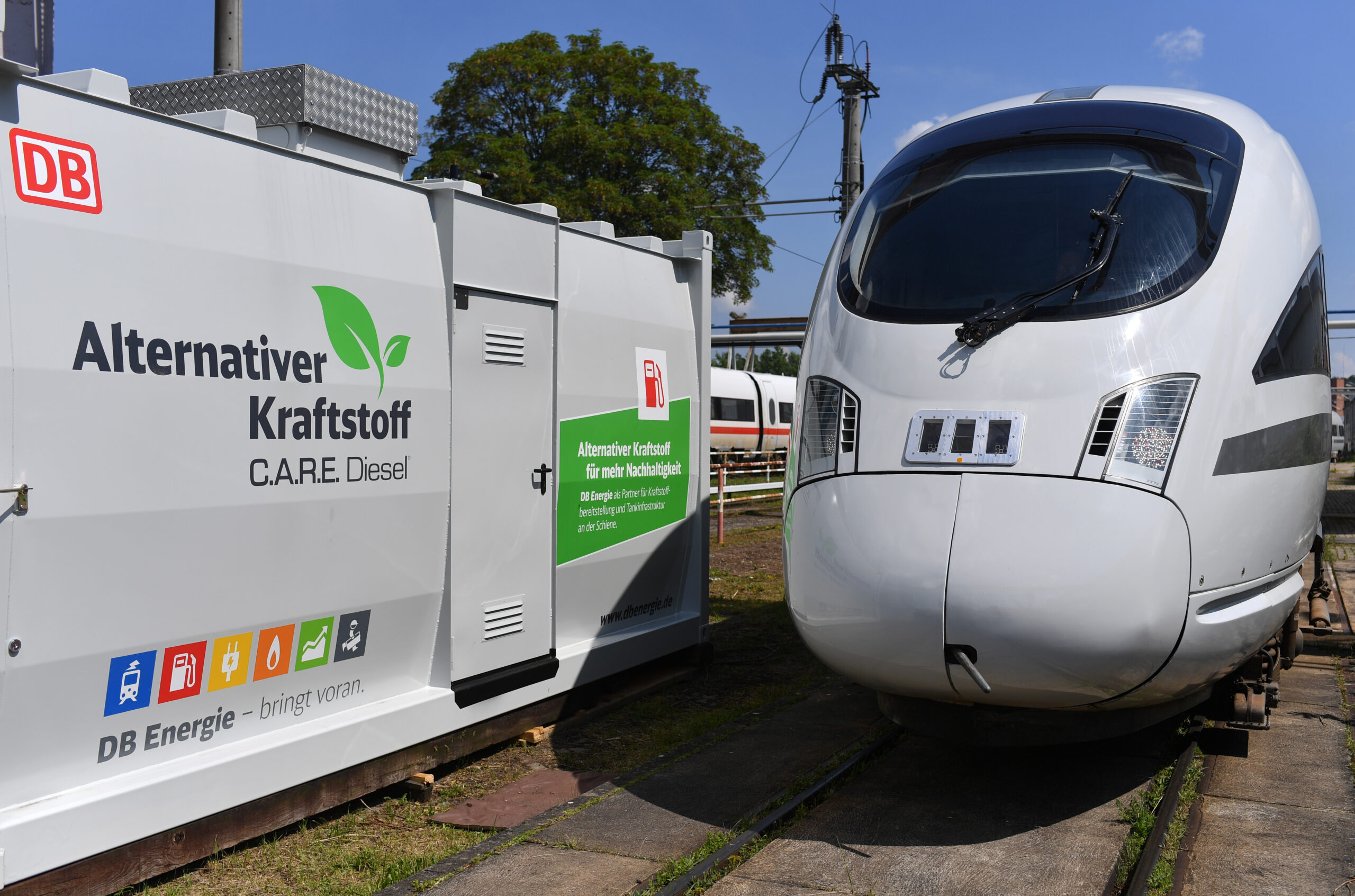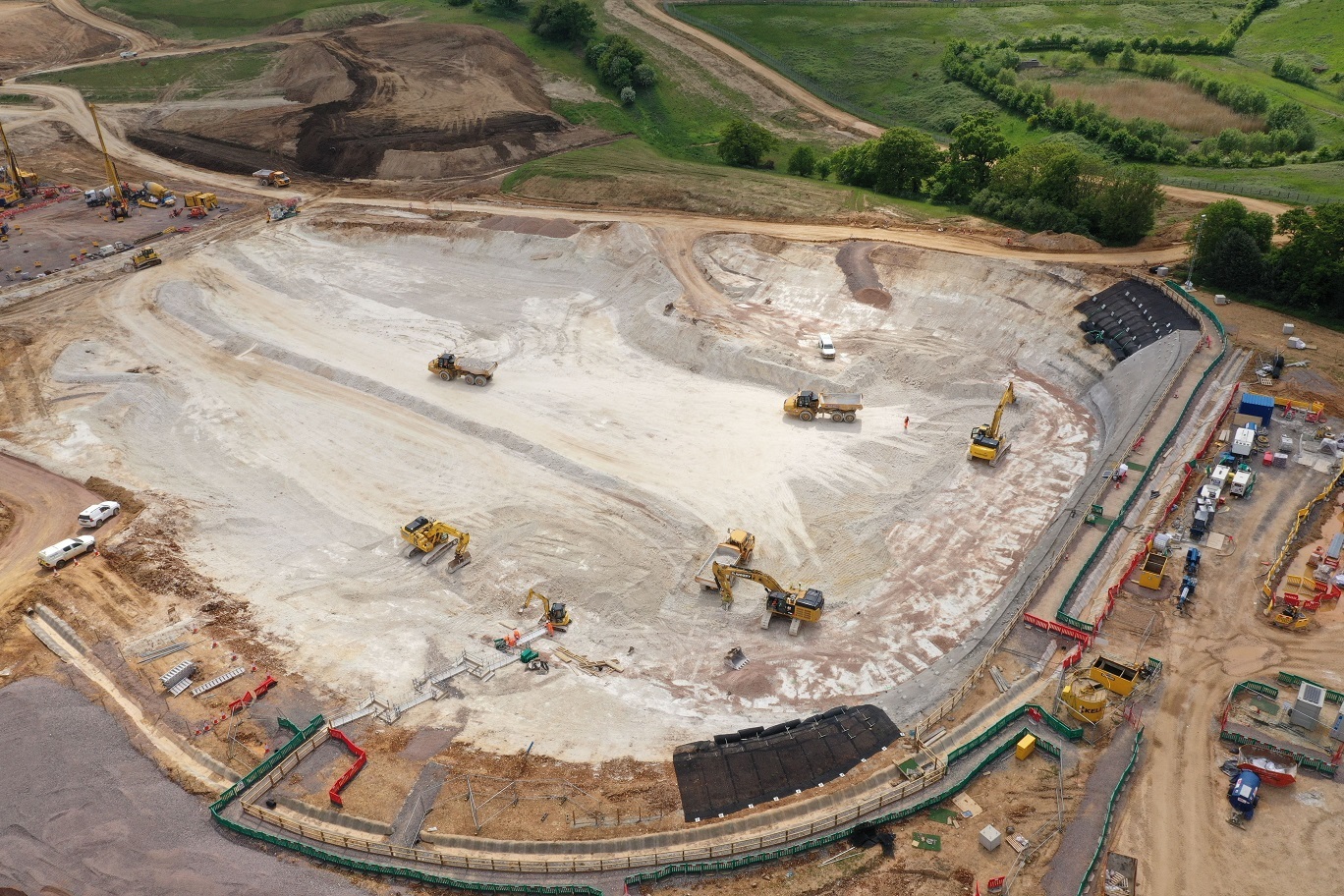Network Rail has published its Traction Decarbonisation Network Strategy (TDNS), following the UK government’s June 2019 target of achieving ‘net zero’ greenhouse gas emissions by 2050.
With regards to rail, the Department for Transport (DfT) asked the industry to examine the possibility of removing all diesel-only trains from the network in England and Wales by 2040. The Scottish government has set the more ambitious target of decarbonising domestic passenger rail services by 2035.
Rail is the most environmentally friendly powered transport mode and is therefore key in decarbonising transport in Britain. Currently, traction power accounts for most of the rail sector’s carbon emissions. As the rail industry’s power supply comes from nuclear energy, it makes sense to look at reducing diesel train usage on the network with the aim of eliminating them entirely.
Network Rail has spent a year working with the rail industry to examine how to decarbonise the sector. The Traction Decarbonisation Network Strategy outlines how it could be done.
TDNS Main Recommendations
The Rail Industry Decarbonisation Taskforce has identified three traction technologies that are sufficiently mature to replace diesel: electric, hydrogen and battery. They all have different technical capabilities and advantages/disadvantages, which will determine where they are most suitable. For instance, neither battery nor hydrogen technologies are suitable for long-distance high-speed and freight services because they cannot accommodate the energy needs. Electric traction is very versatile but requires a high capital expenditure, which may not make it cost-effective on lines that have low traffic volumes and low speeds.
There are currently 15,400 single track kilometres (STK) of unelectrified railway line in Great Britain. Of these:
- 11,700 STKs should be electrified
- 400 STKs should feature battery operation
- 900 STKs should feature hydrogen operation
- 2,300 STKs remain where there is no clear technical choice – multiple options are possible
Further analysis into the 2,300 STKs with out a clear technical choice has revealed that of these:
- 1,340 STKs should be electrified
- 400 STKs should see battery operations
- 400 STKs should see hydrogen operations
- there is no clear decision yet for the remaining 260 STKs
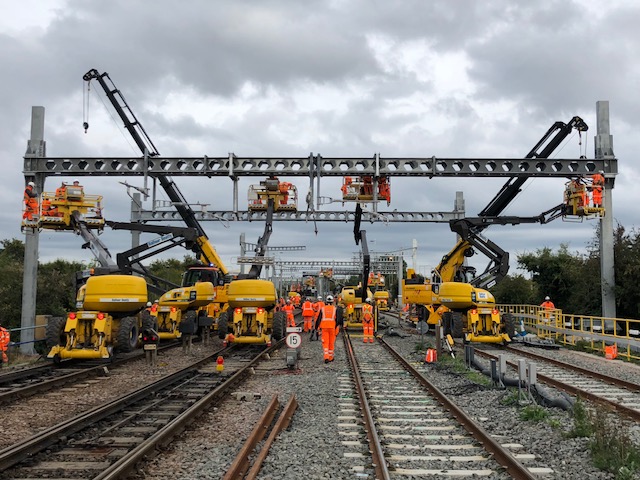
Further Recommendations
- All new railway lines should consider the need to operate using zero-carbon rolling stock
- Battery and hydrogen operations should start asap to allow the technology to mature
- Diesel-only trains should only be bought where there are clear strategic and economic reasons for doing so and where the diesel engines can be replaced by a zero-carbon option in the future. Hybridisation and multi-mode rolling stock are an excellent stepping stone.
- In order to decrease the carbon emissions of the transport sector as a whole, rail projects that increase capacity for both passengers and freight should be supported in order to make a modal shift to rail possible.
- The best way to go about delivering the recommendations is with a stable and efficient programme of traction decarbonisation
Delivery
More than 13,000 STKs require electrification to achieve the decarbonisation goal. The recent supply chain activity average of delivering 450 STKs of electrification per year has fallen to much lower levels. The industry’s capability in this area must be rebuilt in order to deliver the necessary electrification.
RIA has performed an analysis showing that delivering 450 STKs of electrification per year is achievable as long as activity is built up over a number of years and a commitment is made to a rolling programme of electrification.
Also read:
- What does the CCC Net Zero Report Say about Transport?
- RDG: We Need a Level Green Playing Field in Transport
- No More Diesel Vehicles by 2050 Says DB
- HS2 Begins Search for High-Voltage Power Supply Systems Contractor

















